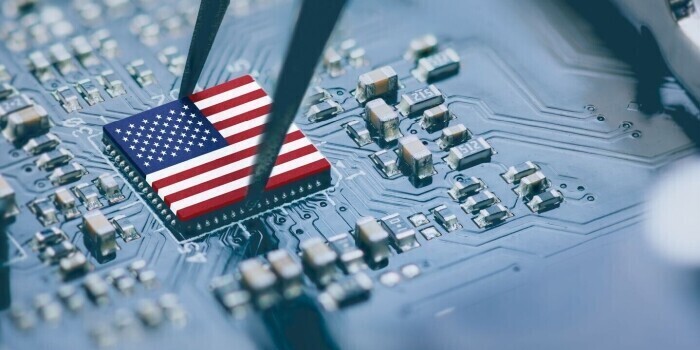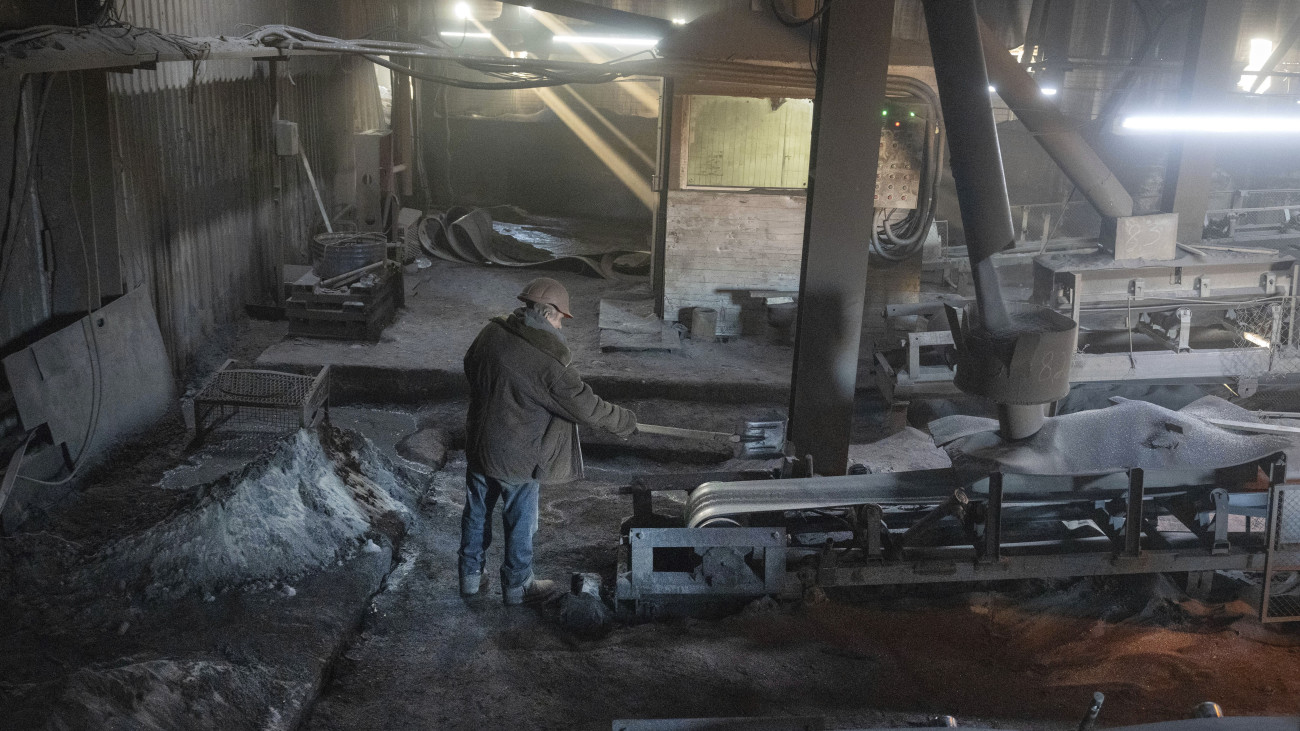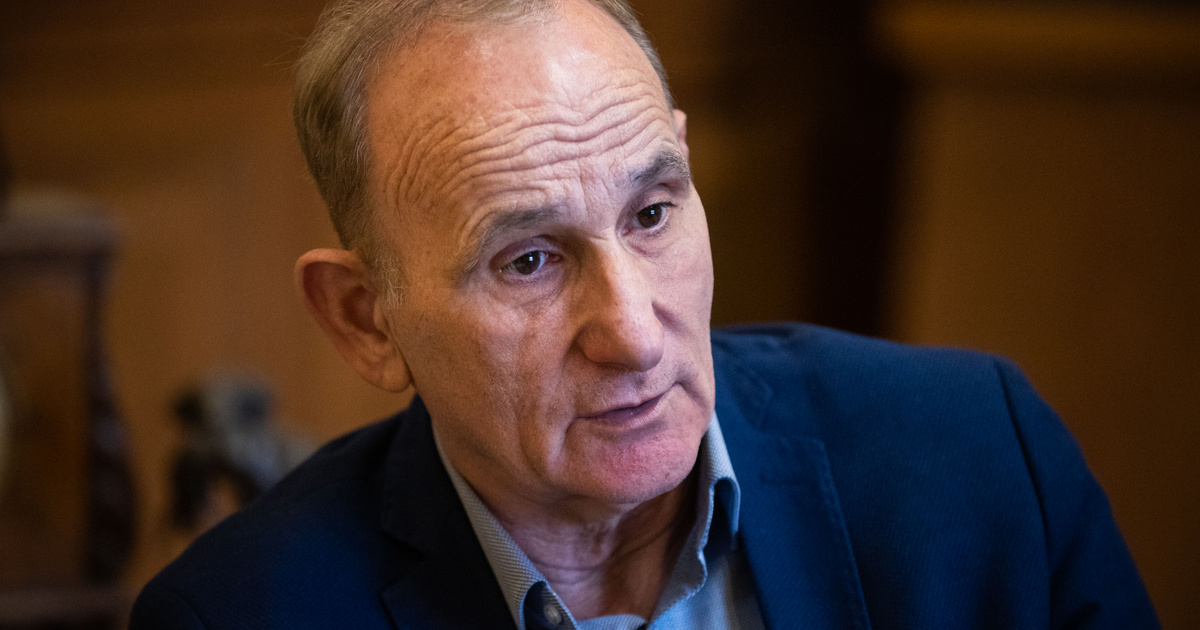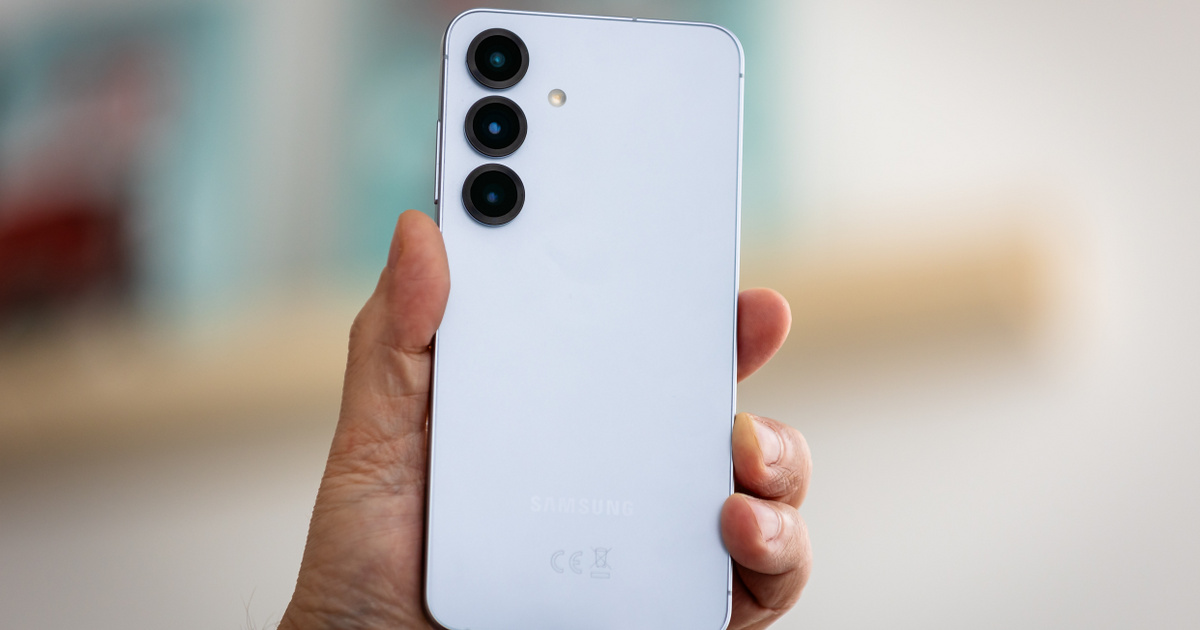Do we think it’s a science fiction scenario that we have claws and wings? A big mistake, according to the researchers, the transformation of the body will happen in a few decades.
There is no hindrance
The foot-controlled third toe is ready, and experts say it’s just the first step before making bigger, more dramatic additions to the human body. Tamar Makin, Professor of Cognitive Neuroscience at the University of Cambridge, graduated from the Department of Brain and Behavioral Sciences at the Hebrew University of Jerusalem in 2009, and established her own research program on brain plasticity at the University of Oxford. according to him
The brain is extraordinarily adaptable to an extra limb. In fact, the only question is control: how to act with what was not there before?
In the case of prosthetics, the goal is obvious, replacement, but with new body parts, we want the body to continue to function at 100 percent — with an extra part. McCain said, during development, they also wondered what happens if, in the case of an extra hand, we take the resources away from the leg to redistribute them to the hand? The professor is convinced we could have wings, or even tentacles, because technically we have everything at our disposal,
It just needs to be portable, convenient, light and wireless. But the real problem is control.
Danny Claude is behind the robotic extra toe introduced in 2017, which is wirelessly controlled by the wearer via pressure sensors attached to the bottom of the big toes. During the test, 20 participants were taught to use the thumb for five days, and they learned the method very quickly and were able to operate it even blindfolded. According to them, they increasingly felt like their thumb was part of their body. This extra finger can be very useful when playing cards, playing the guitar, or holding a bottle with one hand and Opening Also in the case, the researchers noted that there were significant changes in the organization of neural circuits in the brains of the experimental subjects. According to Professor McCain, it is a complex process, such as
The brain adapts to the new body part.
With a dragon tail ahead
Clode are also robotic tentacles that act as a prosthetic arm designer Called Vine 2.0, it has 26 unique vertebrae that can be controlled by pressure sensors and electronics in the shoe.
Three people in Sweden are already using bionic arms that are controlled by their thoughts. Dr. Max Ortiz Catalan, a professor at Chalmers University of Technology in Gothenburg, hopes the technology will spread more widely, so his team is now working towards European certification.
Recently, a new function – the sense of touch – has been added to the three prosthetic arms. Dr. Catalan said that the implant system, which connects the prosthesis to the skeleton in the stump of the amputated limb, is stable, can be used for a long time, and fits the stump without problems. This seamless connection between technology and biology allows us to be more in control and create sensory feedback.
(Cover photo: Our photo illustration! Photo: John Passiaroni/Getty Images)












































